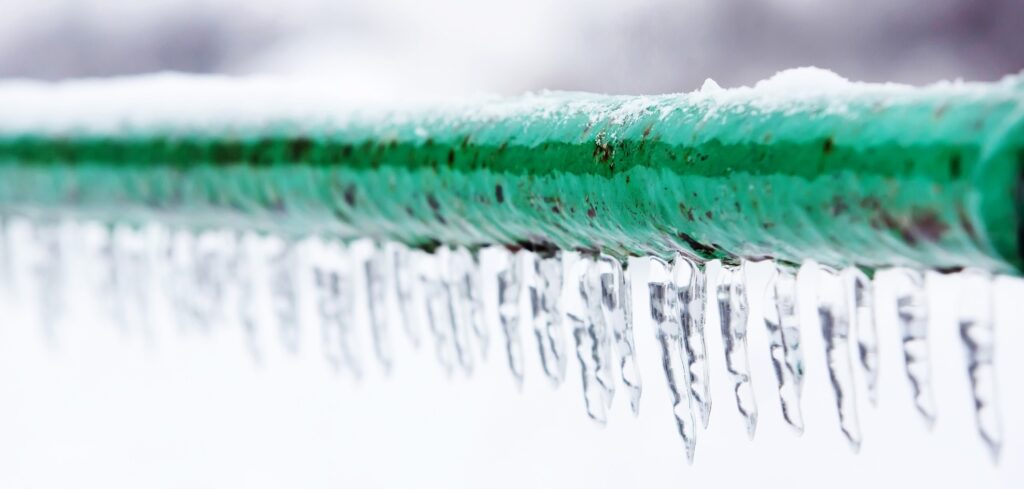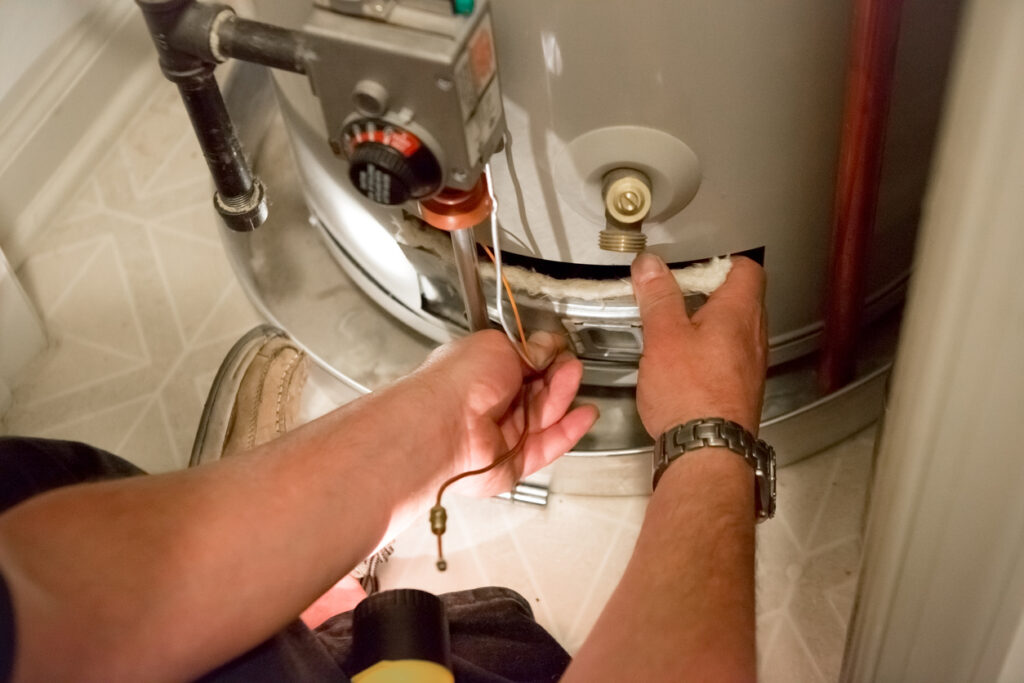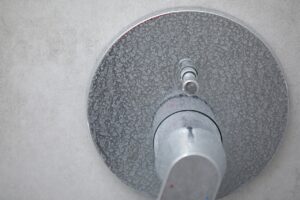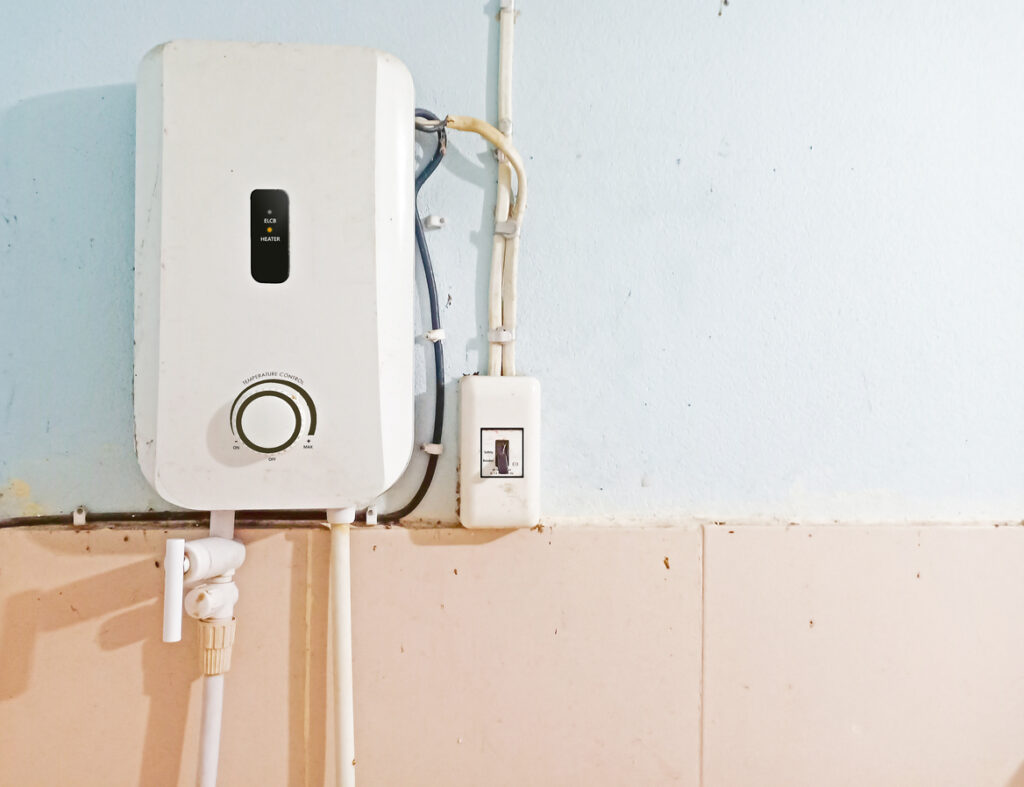How To Fix Frozen Pipes
Tips for Preventing Pipes From Freezing & How To Defrost Them

When the temperatures drop below freezing, we crank up the heat, reach for our blankets, and turn on our fireplaces. However, something that many homeowners overlook when preparing for cold weather is their home’s pipes. Frozen pipes can eventually burst, so it’s important to keep your plumbing pipes protected from the cold.
At Meetze Plumbing, our plumbers are no strangers to frozen and burst pipes once the winter weather hits, so we’ve put together this guide to help you prevent your pipes from freezing and to know what to do if they already are frozen.
Preventing Pipes From Freezing
The best way to deal with frozen pipes is to ensure they never freeze in the first place. Follow these tips to ensure your pipes don’t feel a chill this winter:
Insulate Your Pipes
One of the easiest and most effective ways to prevent pipes from freezing is to insulate them. Insulation sleeves made of foam or fiberglass can be easily wrapped around exposed pipes. Focus on areas like basements, crawl spaces, and attics where pipes are more vulnerable to the cold.
Keep a Consistent Temperature
Many homeowners are tempted to turn off their heat to save money when they will be away from home for a prolonged period of time. While you won’t be there to benefit from the heat, your pipes still need that layer of protection. Set your thermostat to at least 55 degrees Fahrenheit during winter, even when you are away from home. While that doesn’t save you money on your energy bill, the cost is far less than having to repair any damage from a burst pipe.
Seal Leaks & Cracks
Are there certain spots in your home where you feel a draft or a chill even when the heat is on? Cold air can seep into your home through small cracks and gaps in windows, doors, and other areas, putting your pipes at risk. Inspect your home for any leaks or cracks, especially in areas where your plumbing system’s pipes are, and seal them using caulking or weather stripping. This will help your pipes stay at a safe temperature and also help you enjoy a more comfortable and energy-efficient home.
Open Cabinet Doors
Make sure your pipes aren’t closed off from the heat circulating in your home by opening cabinets and doors. Opening cabinets in areas where pipes are located, such as under sinks, allows warm air to access the pipes, so the risk of them freezing is much lower. This is particularly important for pipes located on exterior walls, where they are more exposed to the cold.
Drip Faucets
If you know that temperatures are expected to drop well below freezing, you can help prevent your pipes from freezing by allowing faucets to drip. This helps to keep water moving through your pipes, making it less likely to freeze. Just a small drip will do, so you don’t have to worry about wasting water.
Dealing With Frozen Pipes
If your pipes have already frozen, you’ll want to act quickly to thaw them and prevent them from bursting. One way to know if your pipes are frozen is to turn on a faucet. If only a trickle comes out, there’s a good chance your pipes have frozen.
You can identify the affected section by checking the exposed pipes and feeling for a significant drop in temperature. Once you’ve determined the area that has been frozen, follow these steps to unfreeze your pipes:
Keep Faucets Open
Keep the affected faucet open to relieve pressure as the ice begins to melt. Running water through the pipe will help expedite the thawing process.
Apply Heat
Use a hairdryer, heat lamp, or portable space heater to apply gentle heat to the frozen section of the pipe. Start from the faucet end and work your way toward the frozen area.
Never use an open flame or high-intensity heat source, as it can damage the pipes.
Wrap Pipes in Warm Towels
If you don’t have any gentle heat sources on hand, you can always go with the warm towel method. Simply wrap the frozen pipe in warm towels soaked in hot water. This helps to gradually thaw the ice without causing abrupt temperature changes. You will need to frequently check on the towels to ensure they are still warm. Once they have cooled off, soak them in hot water again and repeat the process until your pipes have thawed.
Call a Professional
If DIY solutions aren’t cutting it, turn to a professional plumber for the help you need. At Meetze Plumbing, our experts can assess the situation, identify the problem, and implement the necessary repairs.
Call Meetze Plumbing for Pipe Repairs
Since 1981, Meetze Plumbing has proudly provided. Columbia and the Midlands of South Carolina with top-quality plumbing solutions. Whether you need tips on preventing your pipes from freezing or need help dealing with a burst pipe, our team has you covered.
Call Meetze Plumbing today at (803) 732-3747 to schedule pipe repairs in the Columbia area.







